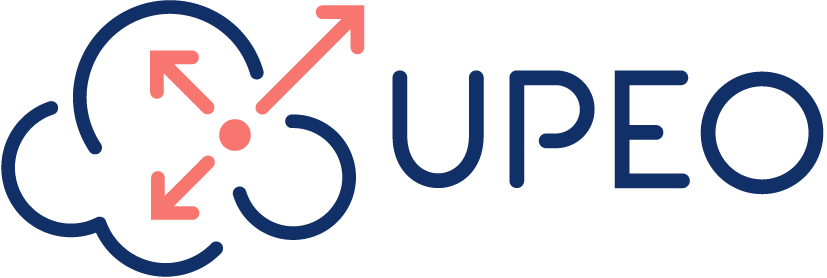Du choc des idées jaillit la lumière. For years, business and IT have been calling each other all sorts of names, blaming the opponent for failures and fighting over who controls the budget. As Information Technology is maturing and ever more organisations are taking an outside-in look, the relationship between business and IT is improving. At UPEO, we believe that Software-as-a-Service (SaaS) like Salesforce plays a key role in making that happen. Building the right governance model for your Salesforce platform will perpetuate that partnership.
Traditionally, business has viewed IT as a pure support function. Business decided what needed to happen and provided requirements to IT. And IT built the solution they deemed fit for business’s purpose. Sometimes the tables were turned: IT controlled the budget and told business what was possible and even more what was not possible, thus earning them the reputation of a department that says ‘no’ all the time.
SaaS brings balance in the Business – IT relationship
Cloud computing and the new IT consumption model that came with it, gave rise to shadow IT: business departments could acquire software in a subscription model. All they needed was a credit card. A power shift that did not last long. In the end, these new systems had to be integrated with the existing architecture, and IT became involved again. Organisations have now understood that they still need IT.
SaaS like Salesforce brings business and IT closer. We identified four areas where business and IT find common ground.
SaaS provides Business and IT with common KPIs
These days, customer centricity is a goal for every department in an organisation, and IT is no exception to this. IT used to be measured on output, for instance the number of projects delivered. Nowadays, IT is measured on business outcomes: how projects deliver results in the form of cost savings, extra margin, higher revenues, new business models,… SaaS is a key driver in the digital transformation that all organisations are undertaking.
SaaS creates a common language
Internet, mobile and smartphones have automatically made everyone more acquainted with technology, and business decision-makers have become much more tech savvy. And with good reason: every company is becoming a data company at heart, so Management needs to be IT educated to play their role. And the other way around: IT has become more business-minded. SaaS like Salesforce is all about digitising business processes and makes technology as accessible as possible. This tears down the language barriers between business and IT.
SaaS delivers the agility business needs
Contrary to the traditional way of building large applications that take years to finish, SaaS now makes it possible to deliver results faster. The first iteration of an implementation does not need to bring the full set of features but will already deliver business value to the organisation. SaaS typically comes with out-of-the-box functionality. On large software projects, business had sometimes already lost interest in the project before it was released. Using SaaS like Salesforce in combination with agile methodology keeps business engaged. As Salesforce has become a platform rather than a product, adding functionality for verticals or from other Salesforce clouds has become very simple, again delivering value in the short term.
SaaS requires good governance
Business and IT work together on a Salesforce project from the start, setting goals and deciding on the roadmap to reach those goals. It is only natural to continue that close collaboration after the implementation has gone live. A Salesforce platform is a living thing. With each Winter, Spring and Summer release, new features are added, forcing the organisation to decide on which feature to implement immediately and which to keep for later. Business and IT need to keep their conversation going to get the best results and ensure the platform doesn’t become too unwieldy.
Maximising the value of the platform
As argued in our previous blog, a Centre of Excellence is the best place to consolidate the business-IT ownership of your Salesforce platform. Business and IT both need to have a representative in that Centre of Excellence. It’s where decisions are made on the evolution of the Salesforce platform and where the value of the platform can be maximised.
Are tensions between business and IT a thing of the past? Of course not. In addition to the common KPIs, each department still has its specific set of KPIs. That’s why it’s a good idea to add an external consultant to the Centre of Excellence, who can act as a referee and help cement the relationship between business and IT.
Are you interested in how UPEO can bring business and IT closer together? Contact us and we will help bridge that gap.

